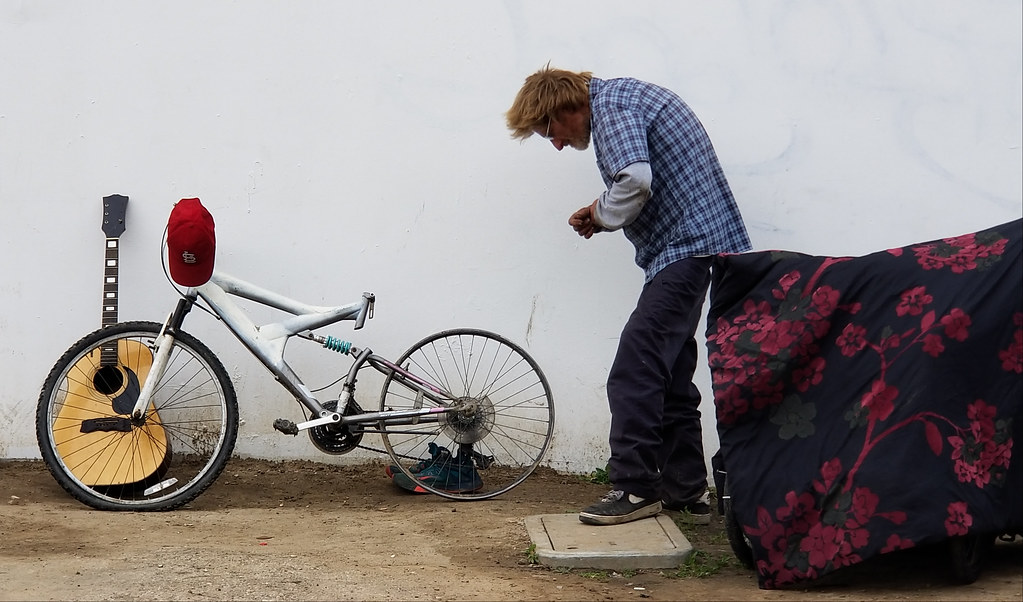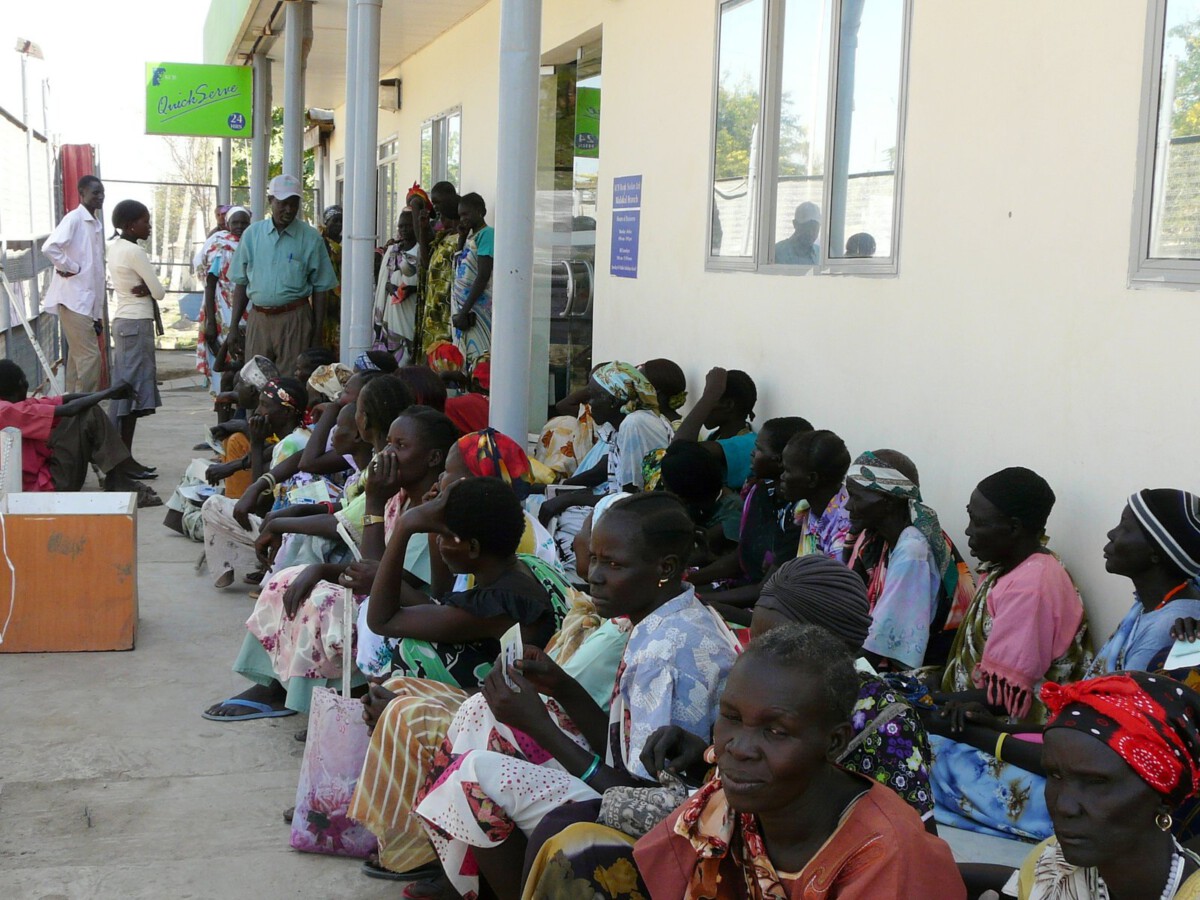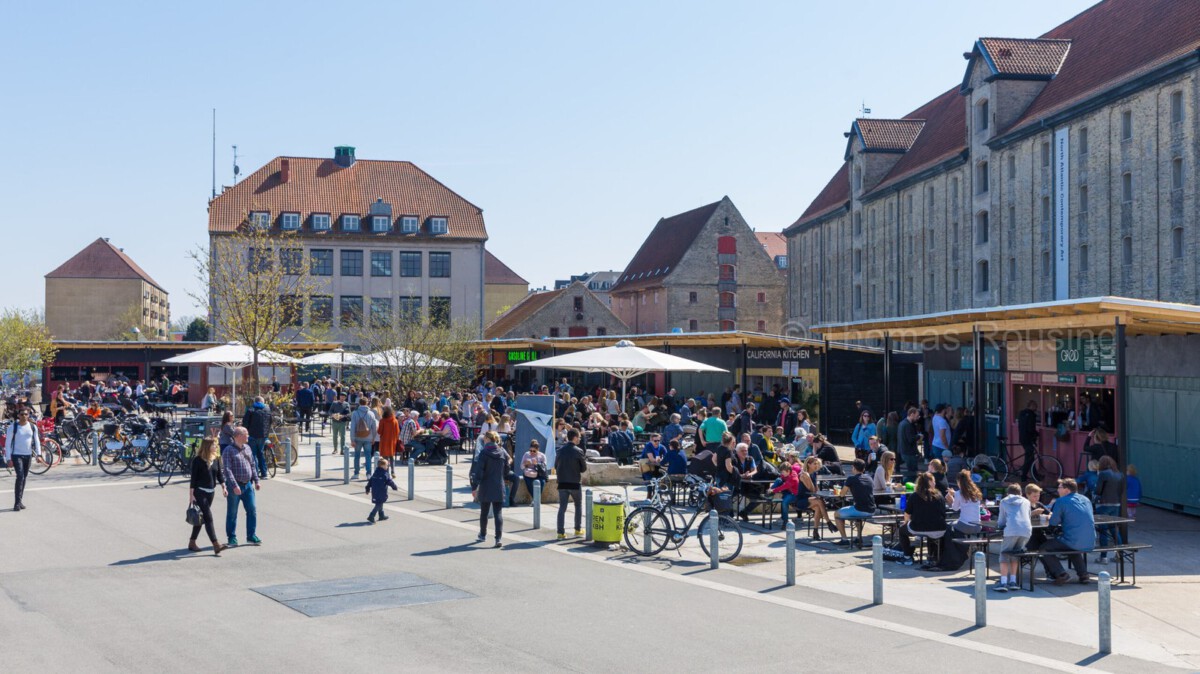Governor Hochul’s $5 Billion Emergency Housing Initiative
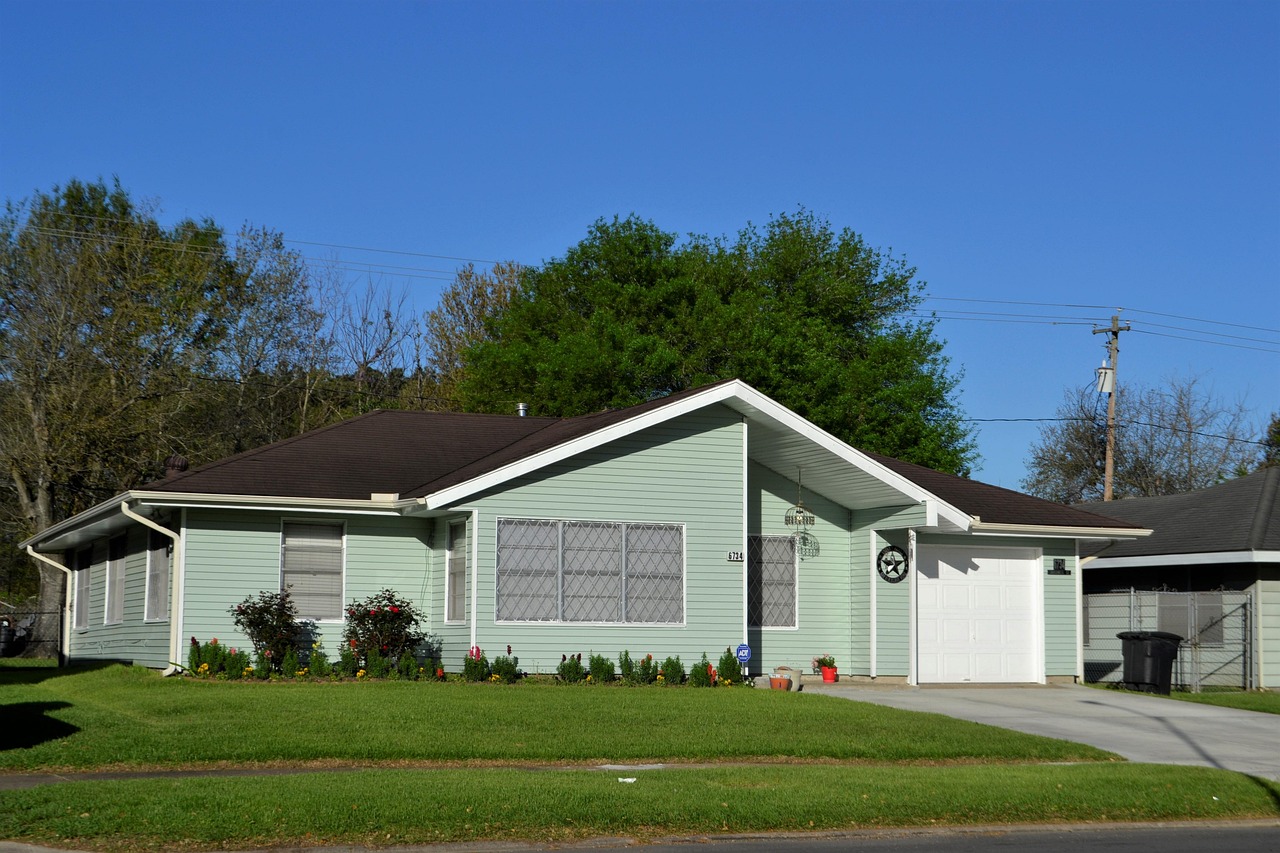
In January 2024, Governor Kathy Hochul announced a groundbreaking $5 billion statewide housing plan specifically designed to address New York’s escalating homelessness crisis. The comprehensive initiative represents the largest single investment in affordable housing and homelessness prevention in the state’s history. According to the New York State Department of Housing and Community Renewal, the plan aims to create 120,000 new affordable housing units over the next five years. The funding will be distributed across multiple programs, including emergency shelter improvements, permanent supportive housing development, and rapid rehousing assistance. This ambitious proposal comes as New York faces its highest homelessness rates since the Great Depression, with over 300,000 individuals experiencing homelessness statewide in 2023.
Alarming Statistics Behind the Crisis
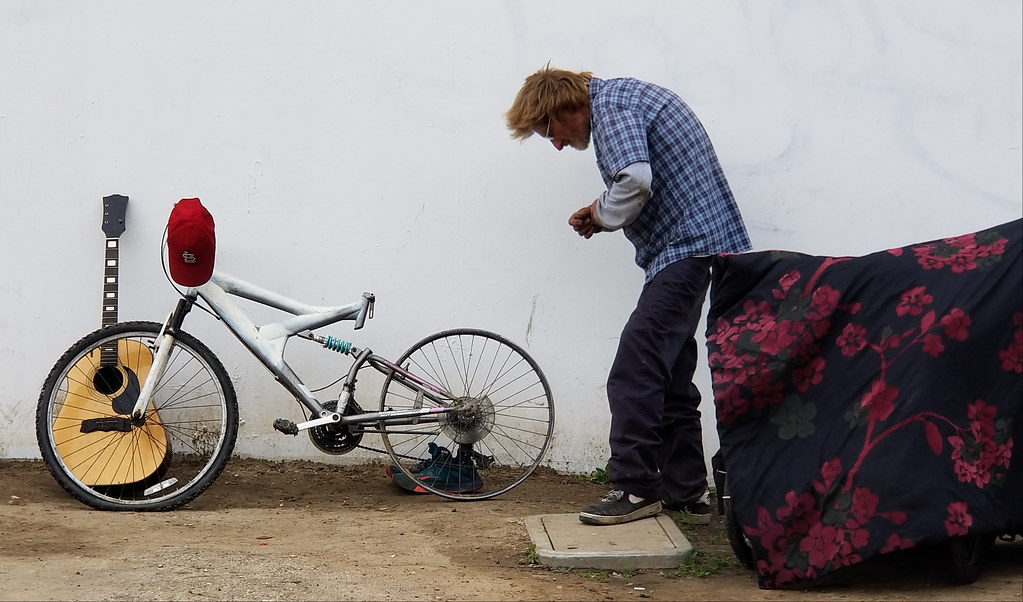
The numbers paint a stark picture of New York’s homelessness emergency that prompted this massive state intervention. According to the Coalition for the Homeless, New York City alone recorded an average of 86,000 people in municipal shelters each night during 2023, representing a 15% increase from the previous year. Statewide data from the Department of Housing and Community Renewal shows that homelessness has increased by 38% since 2019, with rural counties experiencing the fastest growth rates. The annual Point-in-Time Count conducted in January 2024 revealed that approximately 103,000 people were experiencing unsheltered homelessness across New York state. Most concerning is the 42% increase in family homelessness, with over 28,000 children sleeping in shelters or on the streets. These statistics underscore the urgent need for the comprehensive approach outlined in the state’s new plan.
Mental Health and Addiction Support Services

Recognizing that homelessness often stems from untreated mental health issues and substance abuse, the state plan allocates $800 million specifically for integrated behavioral health services. The Office of Mental Health reports that approximately 67% of individuals experiencing chronic homelessness in New York have a serious mental illness or substance use disorder. The new initiative will establish 50 new mental health crisis stabilization centers across the state, providing immediate intervention services to prevent individuals from falling into homelessness. Additionally, the plan includes funding for 15,000 new supportive housing units specifically designed for people with mental health and substance abuse challenges. These specialized housing units will be staffed with on-site case managers, peer support specialists, and clinical staff to provide comprehensive wrap-around services.
Youth Homelessness Prevention Programs
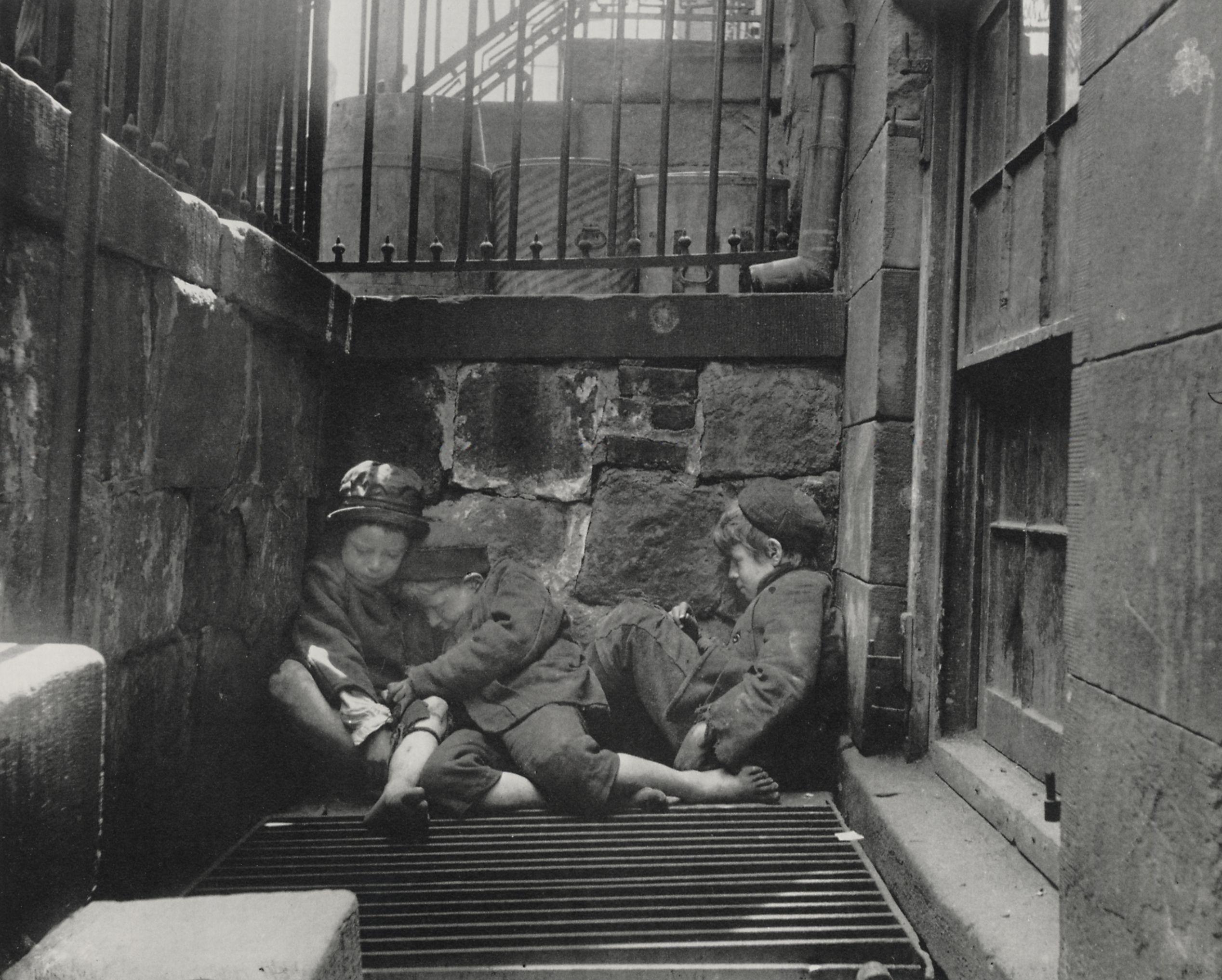
The state plan dedicates $300 million to addressing youth homelessness, a growing concern that affects over 12,000 young people annually in New York. According to the National Center for Homeless Education, New York ranks third nationally in the number of homeless students, with over 146,000 students experiencing homelessness during the 2022-2023 school year. The initiative will expand the Runaway and Homeless Youth Program, creating 2,500 new beds in youth shelters and transitional living programs. The plan also includes funding for educational support services, job training programs, and family reunification services specifically tailored to young people. Research from the Empire State Coalition of Youth and Family Services shows that early intervention programs can reduce youth homelessness by up to 60% when properly funded and implemented.
Affordable Housing Development Strategy

The centerpiece of the state plan involves accelerating affordable housing construction through streamlined approval processes and increased funding for developers. The Housing and Community Renewal agency will receive $2.2 billion to support the construction of 75,000 new affordable housing units over the next four years. The plan includes innovative financing mechanisms, such as low-interest loans and tax credit programs, to incentivize private developers to build affordable units. Additionally, the state will provide gap financing for projects that serve extremely low-income individuals, those earning less than 30% of the area median income. The New York Housing Finance Agency estimates that these measures could reduce the average development timeline for affordable housing projects by 18 months. This acceleration is crucial given that the state currently faces a shortage of over 600,000 affordable housing units according to the National Low Income Housing Coalition.
Rural Homelessness Initiatives
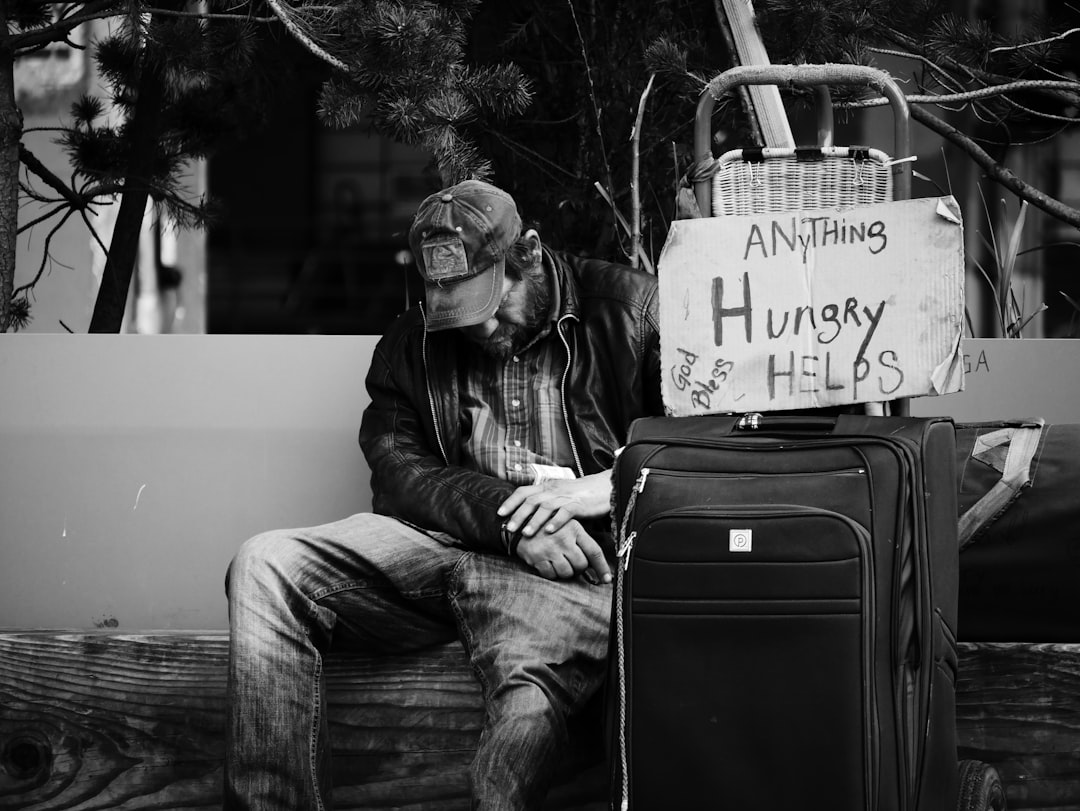
Often overlooked in discussions about homelessness, rural areas in New York have experienced a 45% increase in homelessness since 2020, according to the New York State Association of Counties. The state plan allocates $400 million specifically for rural homelessness prevention and response programs. This funding will support the development of 25 new rural housing programs, including scattered-site housing and mobile crisis response teams. The plan recognizes that rural homelessness often looks different from urban homelessness, with many individuals living in cars, abandoned buildings, or temporarily staying with friends and family. The Rural Housing Coalition of New York reports that transportation challenges and limited service availability make addressing rural homelessness particularly complex. The new initiative will establish regional coordination centers to better connect rural communities with available resources and services.
Eviction Prevention and Rental Assistance
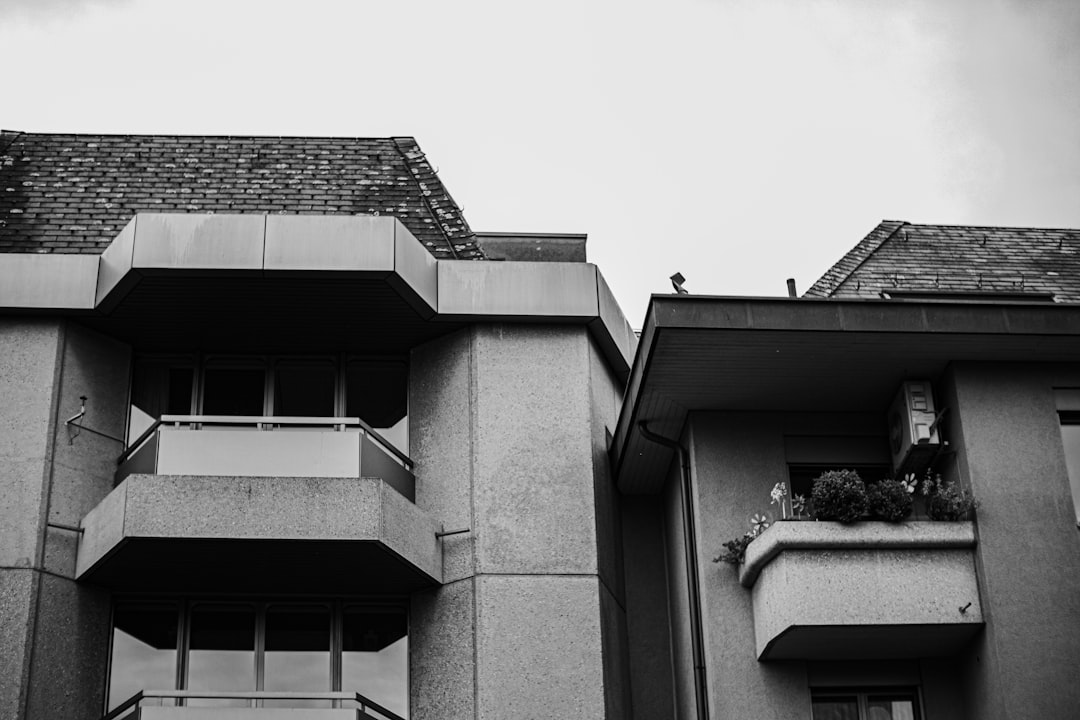
Prevention remains a key component of the state’s strategy, with $600 million allocated for eviction prevention and emergency rental assistance programs. The Office of Temporary and Disability Assistance data shows that eviction prevention programs are significantly more cost-effective than emergency shelter services, costing approximately $3,000 per household compared to $40,000 annually for shelter placement. The plan will expand the Emergency Rental Assistance Program to serve an additional 50,000 households annually and provide legal representation for tenants facing eviction proceedings. According to the Right to Counsel Coalition, tenants with legal representation are 77% more likely to remain in their homes compared to those without representation. The initiative also includes funding for housing counseling services and landlord-tenant mediation programs to resolve disputes before they lead to eviction. These prevention programs are projected to keep 75,000 families in their homes over the next three years.
Workforce Development and Employment Programs
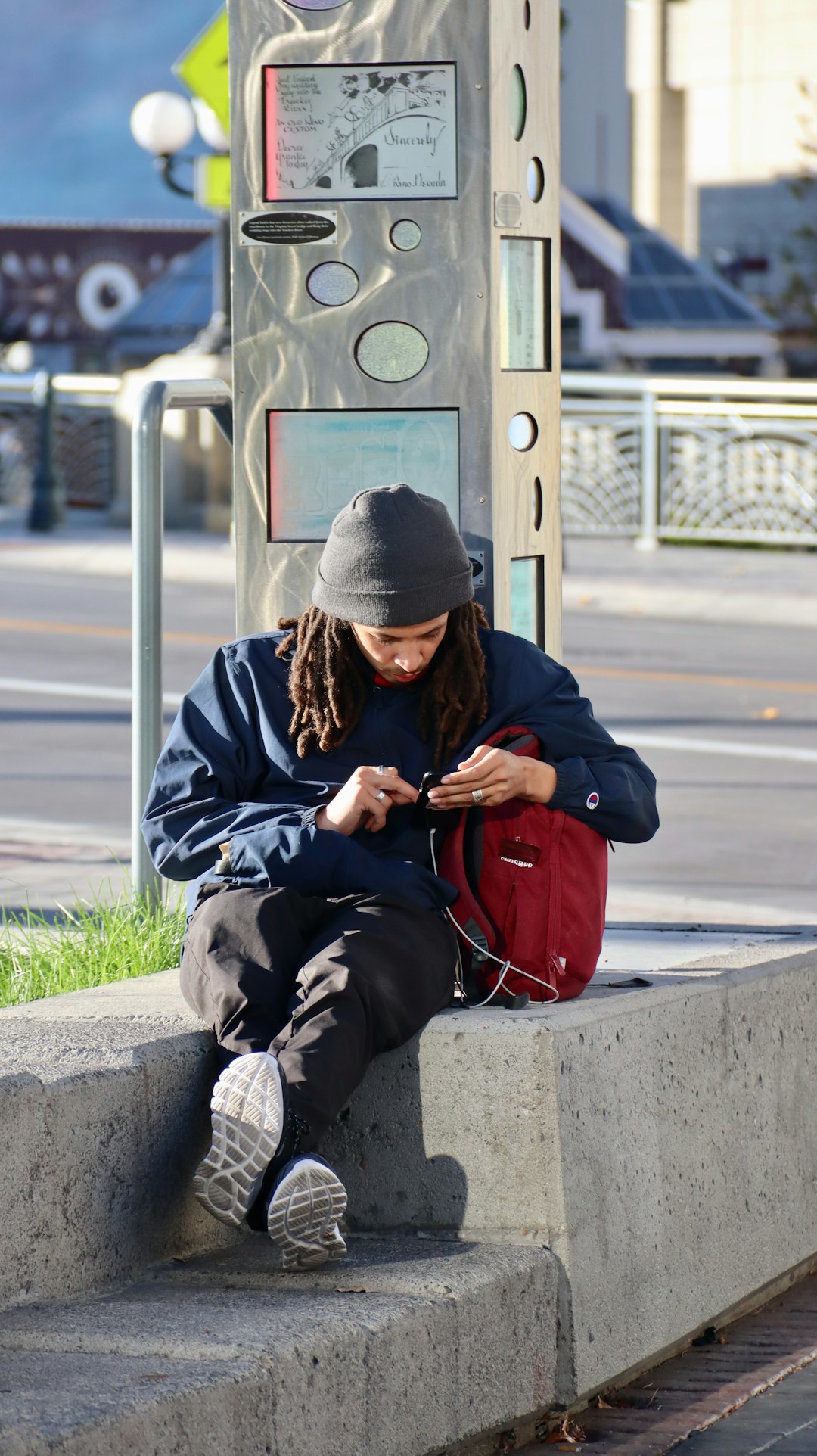
The state plan includes $250 million for job training and employment programs specifically designed for individuals experiencing or at risk of homelessness. The Department of Labor’s data indicates that 78% of adults experiencing homelessness in New York are unemployed or underemployed, often due to lack of job training, criminal records, or gaps in employment history. The new initiative will create partnerships with local employers to provide on-the-job training opportunities and supported employment programs. The plan includes funding for 40 new workforce development centers located in or near homeless service providers, making it easier for individuals to access both housing and employment services. Research from the Center for Employment Opportunities shows that comprehensive employment programs can reduce recidivism to homelessness by up to 50% when combined with housing support. The program will also provide childcare assistance and transportation vouchers to remove common barriers to employment for homeless individuals.
Healthcare Access and Mobile Services

Healthcare access represents a critical component of the state’s homelessness response, with $350 million allocated for mobile healthcare services and health insurance enrollment assistance. The Department of Health reports that individuals experiencing homelessness have mortality rates 3-4 times higher than the general population, often due to lack of access to preventive care. The plan will fund 25 new mobile health units that will provide primary care, mental health services, and substance abuse treatment directly to homeless encampments and shelters. The initiative also includes funding for health insurance navigators who will help homeless individuals enroll in Medicaid and other health coverage programs. According to the Healthcare Association of New York State, every dollar invested in preventive healthcare for homeless individuals saves approximately $4 in emergency room costs. The mobile health units will also provide prescription medication management and chronic disease management services to address the complex health needs of this population.
Data Collection and Performance Monitoring

The state plan establishes a comprehensive data collection system to track progress and ensure accountability in addressing homelessness. The Office of Information Technology Services will receive $75 million to develop a statewide Homeless Management Information System that will track individuals across all service providers and jurisdictions. This system will enable better coordination of services and prevent individuals from falling through gaps in the service delivery system. The plan includes quarterly reporting requirements for all funded programs, with performance metrics tied to continued funding. According to the National Alliance to End Homelessness, communities with robust data systems are 40% more effective at reducing homelessness compared to those without comprehensive tracking. The new system will also include real-time dashboards that will allow policymakers and service providers to monitor trends and adjust programs as needed.
Regional Coordination and Local Implementation

Recognizing that homelessness varies significantly across New York’s diverse regions, the state plan establishes 12 regional coordination centers to tailor implementation to local needs. Each region will receive flexible funding to address their specific homelessness challenges, whether urban street homelessness, rural housing shortages, or suburban family homelessness. The plan requires each region to develop a local action plan that aligns with state goals while addressing unique local circumstances. The Corporation for Supportive Housing estimates that regionally-coordinated approaches can increase service efficiency by up to 30% compared to fragmented local efforts. The regional centers will also facilitate coordination between counties, cities, and nonprofit organizations to eliminate service gaps and reduce duplication. This approach acknowledges that a one-size-fits-all solution cannot address the diverse manifestations of homelessness across New York’s 62 counties.
Long-term Sustainability and Funding Sources

The state plan outlines a diversified funding strategy that combines federal, state, and local resources to ensure long-term sustainability beyond the initial five-year implementation period. The plan leverages federal funding from the American Rescue Plan Act, Community Development Block Grants, and HUD programs to maximize available resources. State funding will come from a combination of general fund appropriations, housing trust fund revenues, and new revenue streams including a proposed real estate transfer tax on high-value properties. The plan also includes provisions for local government matching funds and private sector partnerships to create additional resources. According to the New York State Budget Office, the comprehensive funding strategy is designed to maintain program operations even if federal funding levels change. The sustainability plan includes provisions for gradually transitioning successful programs to ongoing operational funding to ensure continuity of services beyond the initial implementation period.

